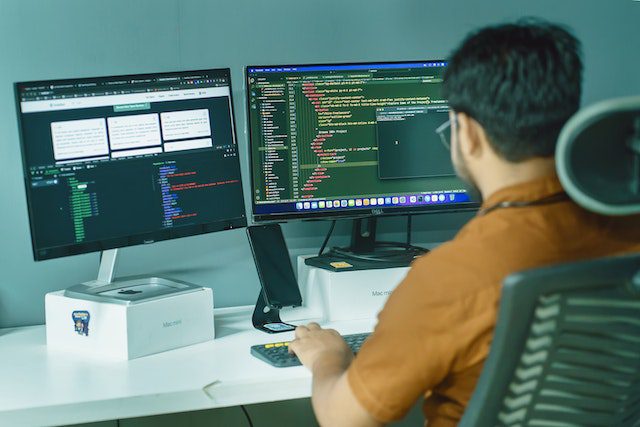Summary of Hirt: Enhancing Robotic Control with Hierarchical Robot Transformers, by Jianke Zhang et al.
HiRT: Enhancing Robotic Control with Hierarchical Robot Transformers
by Jianke Zhang, Yanjiang Guo, Xiaoyu Chen, Yen-Jen Wang, Yucheng Hu, Chengming Shi, Jianyu Chen
First submitted to arxiv on: 12 Sep 2024
Categories
- Main: Computer Vision and Pattern Recognition (cs.CV)
- Secondary: Artificial Intelligence (cs.AI); Robotics (cs.RO)
GrooveSquid.com Paper Summaries
GrooveSquid.com’s goal is to make artificial intelligence research accessible by summarizing AI papers in simpler terms. Each summary below covers the same AI paper, written at different levels of difficulty. The medium difficulty and low difficulty versions are original summaries written by GrooveSquid.com, while the high difficulty version is the paper’s original abstract. Feel free to learn from the version that suits you best!
| Summary difficulty | Written by | Summary |
|---|---|---|
| High | Paper authors | High Difficulty Summary Read the original abstract here |
| Medium | GrooveSquid.com (original content) | Medium Difficulty Summary The proposed Hierarchical Robot Transformer (HiRT) framework enables flexible frequency and performance trade-off in robotic control tasks. By leveraging powerful pre-trained Vision-Language Models (VLMs) as backends, HiRT keeps VLMs running at low frequencies to capture temporarily invariant features while enabling real-time interaction through a high-frequency vision-based policy guided by the slowly updated features. This approach addresses the limitations of previous Large Vision-Language-Action (VLA) models, which rely on VLM backends with billions of parameters and suffer from high computational costs and inference latency. The experiment results demonstrate significant improvements over baseline methods in both simulation and real-world settings, including doubling the control frequency in static tasks and achieving a success rate improvement from 48% to 75% in novel real-world dynamic manipulation tasks. |
| Low | GrooveSquid.com (original content) | Low Difficulty Summary HiRT is a new way to control robots using powerful computer vision models. These models are good at learning from lots of data, but they can be slow and use too much memory. HiRT solves this problem by separating the thinking part (computer vision) from the acting part (robot movement). The computer vision model only needs to update slowly, while the robot can move quickly in response to changing situations. This makes it work better in dynamic tasks that require fast reactions. Tests show that HiRT works well in both simulated and real-world scenarios. |
Keywords
» Artificial intelligence » Inference » Transformer




